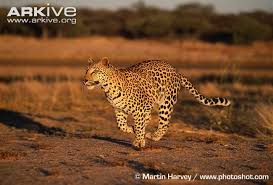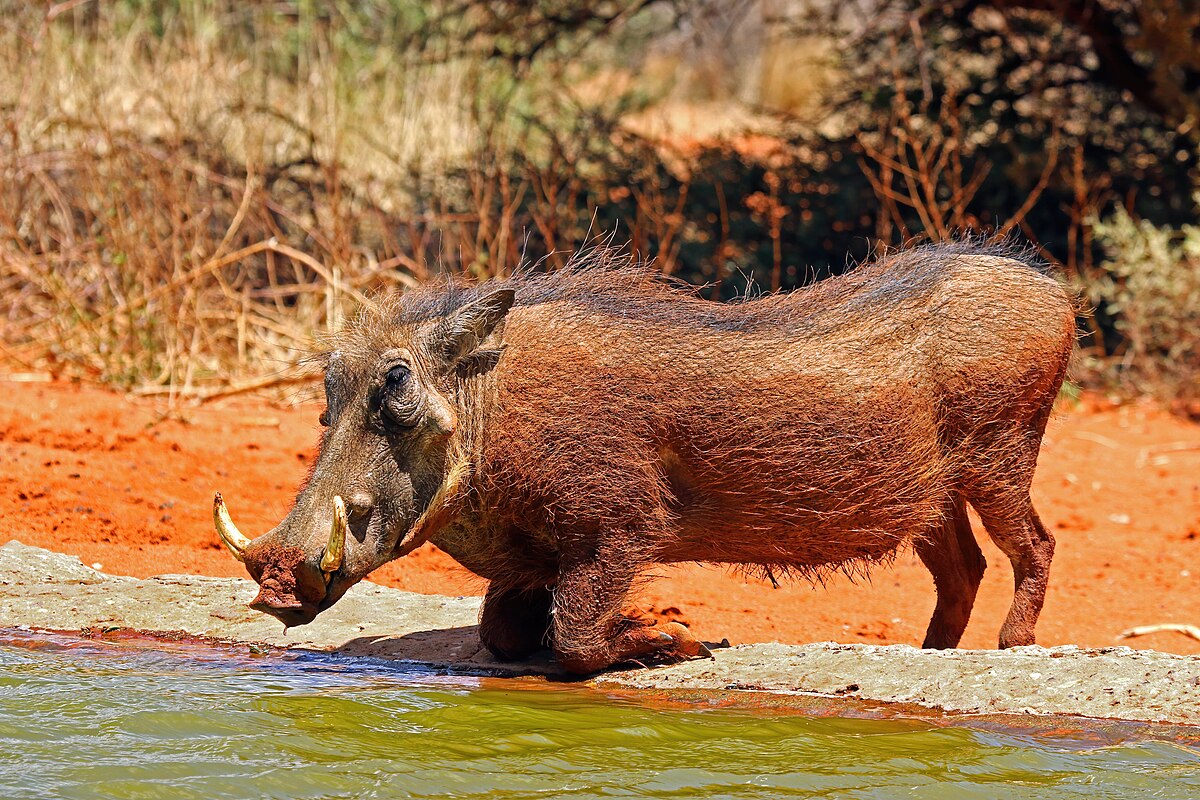Post by dinosauria101 on Aug 13, 2019 9:31:41 GMT 5
Leopard - Panthera pardus
The leopard, Panthera pardus, is a member of the Felidae family and the smallest of the four "big cats" in the genus Panthera, the other three being the tiger, lion, and jaguar. The leopard was once distributed across eastern and southern Asia and Africa, from Siberia to South Africa, but its range of distribution has decreased radically because of hunting and loss of habitat. It is now chiefly found in sub-Saharan Africa; there are also fragmented populations in Indonesia, Pakistan, India, Sri Lanka, Indochina, Malaysia, and China. Because of its declining range and population, it is listed as a "Near Threatened" species by the IUCN. Leopard are agile and stealthy predators. Although smaller than other members of the Panthera genus, they are able to take large prey due to their massive skulls that facilitate powerful jaw muscles. Head and body length is between 125 and 165 cm (49 and 65 in), and the tail reaches 60 to 110 cm (24 to 43 in). Shoulder height is 45 to 80 cm (18 to 31 in). The muscles attached to the scapula are exceptionally strong, which enhance their ability to climb trees. They show a great diversity in size. Males are about 30% larger than females, weighing 30 to 91 kg (66 to 200 lb) compared to 23 to 60 kg (51 to 130 lb) for females. Large males of up to 91 lb (41 kg) have been documented in Kruger National Park in South Africa; however, males in the South Africa's coastal mountains average 31 lb (14 kg). This wide variation in size is thought to result from the quality and availability of prey found in each habitat. Smaller sized leopards also are known in the deserts of the Middle East. Its body is comparatively long, and its legs are short.

Common Warthog - Phacochoerus africanus
Common warthogs are found in open and wooded savannas, grass-steppes, and semi-deserts in Africa. Common warthogs prefer open areas and avoid rainforest and severe desert. They are found on Kilimanjaro up to an elevation of 3000 m and along coastal regions of Africa. Common warthogs often utlilize formerly wooded areas that have been cleared for pastures. Common warthogs weigh 50 to 150 kg with females being 15 to 20 percent lighter than males. Head and body length is 900 to 1500 mm. Shoulder height ranges from 635 to 850 mm. Common warthogs have large upper tusks that are 255 to 635 mm long in males and 152 to 255 mm long in females. As their name suggests, warthogs have three pairs of facial warts, comprised of cartilaginous connective tissue. The three types of warts are: 1) the suborbital warts, which may grow as long as 15 cm in males; 2) the preorbital warts, which do not develop as much in females; and 3) the submaxillary warts, which have white bristles.
Mass : 50 to 150 kg (110 to 330 lbs)
Length : 900 to 1500 mm (35.43 to 59.06 in)

Credit to Wikipedia
The leopard, Panthera pardus, is a member of the Felidae family and the smallest of the four "big cats" in the genus Panthera, the other three being the tiger, lion, and jaguar. The leopard was once distributed across eastern and southern Asia and Africa, from Siberia to South Africa, but its range of distribution has decreased radically because of hunting and loss of habitat. It is now chiefly found in sub-Saharan Africa; there are also fragmented populations in Indonesia, Pakistan, India, Sri Lanka, Indochina, Malaysia, and China. Because of its declining range and population, it is listed as a "Near Threatened" species by the IUCN. Leopard are agile and stealthy predators. Although smaller than other members of the Panthera genus, they are able to take large prey due to their massive skulls that facilitate powerful jaw muscles. Head and body length is between 125 and 165 cm (49 and 65 in), and the tail reaches 60 to 110 cm (24 to 43 in). Shoulder height is 45 to 80 cm (18 to 31 in). The muscles attached to the scapula are exceptionally strong, which enhance their ability to climb trees. They show a great diversity in size. Males are about 30% larger than females, weighing 30 to 91 kg (66 to 200 lb) compared to 23 to 60 kg (51 to 130 lb) for females. Large males of up to 91 lb (41 kg) have been documented in Kruger National Park in South Africa; however, males in the South Africa's coastal mountains average 31 lb (14 kg). This wide variation in size is thought to result from the quality and availability of prey found in each habitat. Smaller sized leopards also are known in the deserts of the Middle East. Its body is comparatively long, and its legs are short.
Common Warthog - Phacochoerus africanus
Common warthogs are found in open and wooded savannas, grass-steppes, and semi-deserts in Africa. Common warthogs prefer open areas and avoid rainforest and severe desert. They are found on Kilimanjaro up to an elevation of 3000 m and along coastal regions of Africa. Common warthogs often utlilize formerly wooded areas that have been cleared for pastures. Common warthogs weigh 50 to 150 kg with females being 15 to 20 percent lighter than males. Head and body length is 900 to 1500 mm. Shoulder height ranges from 635 to 850 mm. Common warthogs have large upper tusks that are 255 to 635 mm long in males and 152 to 255 mm long in females. As their name suggests, warthogs have three pairs of facial warts, comprised of cartilaginous connective tissue. The three types of warts are: 1) the suborbital warts, which may grow as long as 15 cm in males; 2) the preorbital warts, which do not develop as much in females; and 3) the submaxillary warts, which have white bristles.
Mass : 50 to 150 kg (110 to 330 lbs)
Length : 900 to 1500 mm (35.43 to 59.06 in)

Credit to Wikipedia







